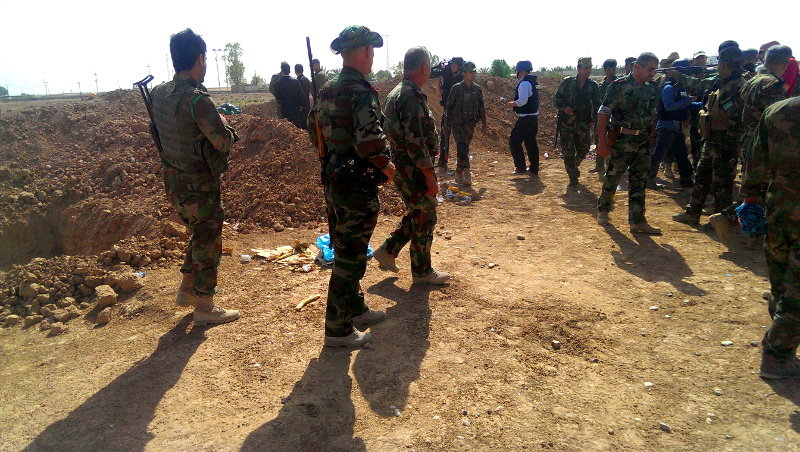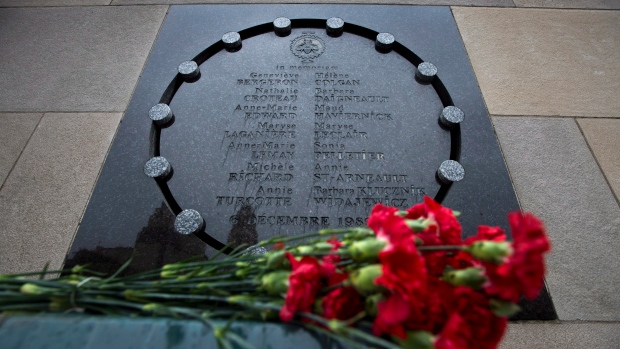Since the fall of Mosul in 2014 ISIS has consumed a great deal of the West’s attention. To many Canadians and Americans, ISIS is considered a major threat emanating from the Middle East, one that has the potential to affect their security at home. Today, the question of a post ISIS Middle East is relevant as the group has lost close to half the territory it initially possessed and the defeat of ISIS has become a question of when, not if. However, upon closer examination one discovers that ISIS is not the cause of geo-strategic problems in the Middle East, nor will the destruction of ISIS solve any of the long term challenges confronting that part of the world. Indeed, ISIS’ destruction may paradoxically create a situation where tensions between various sects and tribes, which were previously held in check by the existence of ISIS as a common enemy, between states in the region resurface. This is a real danger given the tendency of each sect to defend its own narrow interests before that of the state. Therefore, to understand what a post ISIS Middle East might look like, familiarity with the region’s past, which led to its present, is essential.
Prior to the disintegration of central state authority in Iraq and Syria, which rendered the border between them redundant, borders demarcating the Middle East were constituted by the treaties of Sykes – Picot (1916) and Sevres (1920). The provisions of these treaties, implemented after WWI, in effect introduced the Western system of sovereignty and statehood to a region unfamiliar with those concepts. While the European statesmen who drew these borders did so for legitimate reasons, they neglected the complex demographic reality and nature of power in the Middle East. The border delineating Syria and Iraq, for example, effectively separated Kurds by a legal system of sovereignty that they were not familiar with. Consequences of these divisions continue to manifest today in the shape of Turkey’s Operation Euphrates Shield which ended recently and was designed to prevent the Kurds from establishing a contiguous territorial zone south of the Turkish border that could potentially be used as the basis for statehood. People who predominantly populated desert sands and whose loyalties are tied to their local clan or tribe, and are divided along sectarian and religious lines, were not ideal recipients for a system of government that required adherence to a central government whilst subordinating the good of the sect to that of the state. Middle Eastern states were never nations in the Western understanding of the word. It is therefore important to understand the historical realities of the Middle East which lie latent while the region, and the world, is ostensibly distracted with ISIS, otherwise Western society may face a threat much greater than that of ISIS from the Middle East.
ISIS does not recognize borders and its spillover from Iraq into Syria led to a situation where both government’s writs no longer ran across the entirety of their territory. The breakdown of central authority meant that government could no longer perform its basic function of providing security to its citizens. When fragmented ethnicities and tribes were confronted by ISIS they defended themselves along tribal and sectarian loyalties, with Kurds, Shiites, Sunnis, Druze, and others defending their own tribal or sectarian interests, not that of the nation. Although many of these groups have put aside intractable disputes to form a putatively common front against ISIS, once ISIS is gone, disputes over land, oil, and money might return with greater intensity than before. The rapidity with which old disputes reemerge is already visible in areas liberated from ISIS as Shiite’s and Kurds face off in Iraq while Turks and Kurds in Northern Syria are in a bitter dispute over areas like Manbij, where Turkey refuses to accept Kurdish occupation of territories they recaptured from ISIS. The issue of the Turks and Kurds is particularly interesting because it places two NATO members at loggerheads as America’s interest in defeating ISIS with the assistance of the Kurds is met with Turkish interests of not allowing the Kurds the boon of territorial contiguity along Turkey’s border. While Turkey certainly has an interest in defeating ISIS, it, like many other parties involved, does not necessarily see ISIS as the greatest long term threat facing it. The future of the Middle East depends to a great extent on the possibility of reconciling these various sects and groups so their disagreements can be managed within a political framework and recourse to violence would no longer be an acceptable method of settling conflicting points of view. Without domestic consensus generating the basis for co-habitation, no imposition of a settlement from outside powers can resolve the root causes of disputes between these parties.
The massive losses of territory ISIS has faced without recuperating reveals an attenuation of ISIS’s ability to retain territory. Once the battle of Mosul is concluded, the US led coalition can concentrate their efforts against ISIS’s last remaining stronghold in Raqqa. It is likely that after ISIS is dispossessed of a territorial base from which to plan and execute operations, remnants of the group will not simply dissipate into the air but form pockets of resistance in various areas that could potentially become a counterinsurgency. Consequently, the tendency of each sect or religion to defend their own narrow interests means the shape of a post ISIS Middle East will greatly depend on who occupies the territory that ISIS once did after their defeat. Regardless of which particular resolutions are proposed to settle the conflict they must be informed by a historical perspective if they wish to successfully establish stability throughout the region. Without this a post ISIS Middle East can become a powder keg that potentially poses greater dangers to the world at large than ISIS itself.
Photo: Kurdish Peshmerga at the frontline near Kirkuk (2014), by Enno Lenze via Wikimedia Commons. Licensed Under CC BY 2.0.
Disclaimer: Any views or opinions expressed in articles are solely those of the authors and do not necessarily represent the views of the NATO Association of Canada.




